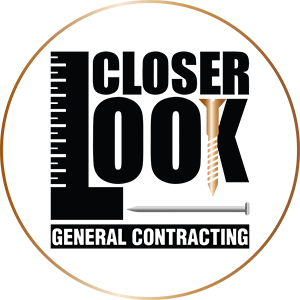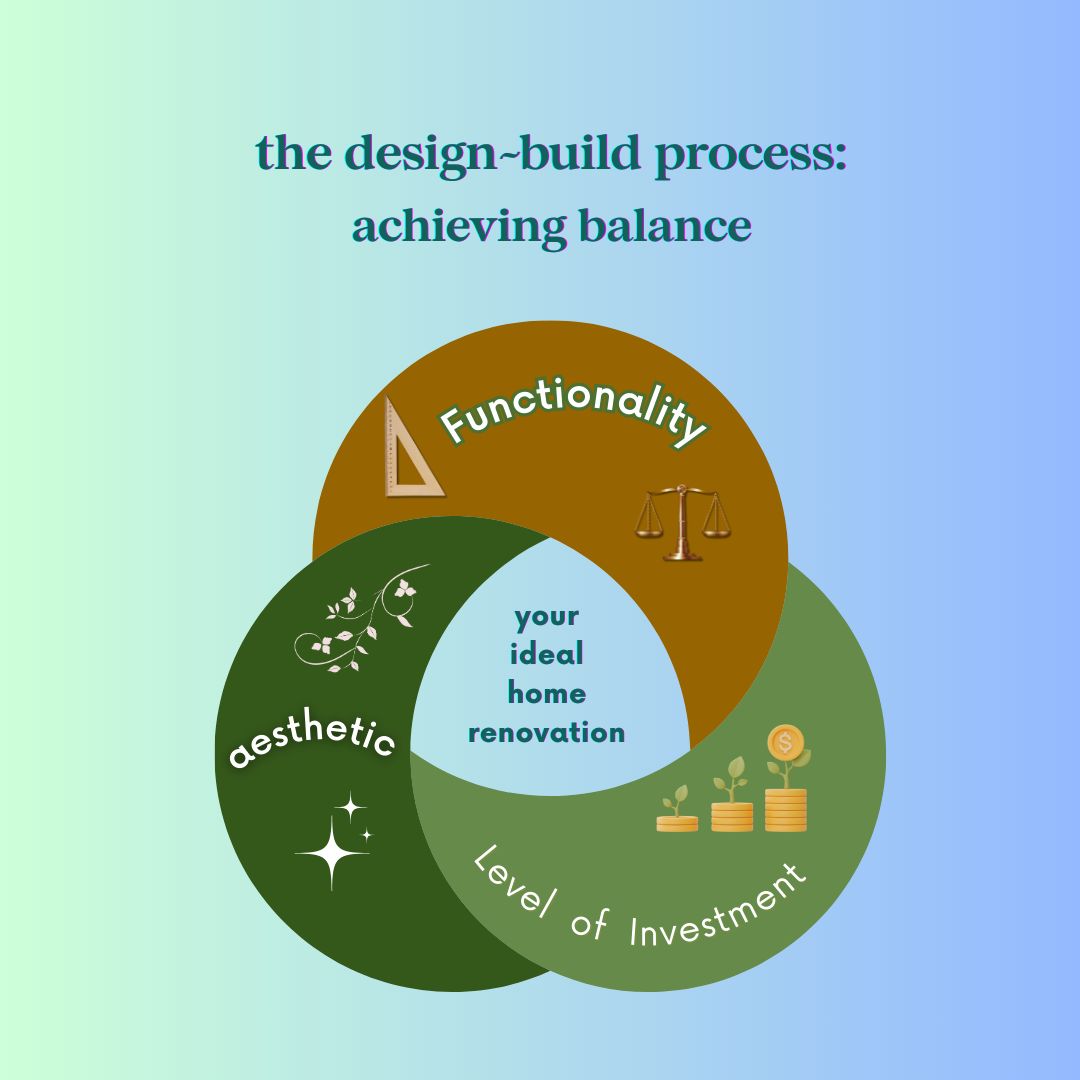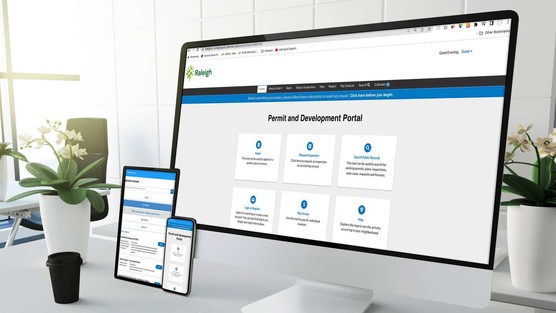
It Costs How Much? Understanding Pricing
Why Do Quotes For My Remodel Vary So Much?
In the current economic climate, things are expensive. Really expensive. But even under the most favorable financial circumstances, value is important to any homeowner. Often when we hear the term ‘value’, we think of getting the best deal or paying as little as possible, but at Closer Look we embrace the concept of value as providing the finest product and service for your investment. When the pandemic began in 2020, there was a surge in the home improvement market. This surge in demand prompted many people with varied construction experience to go into business for themselves, often with the goal of beating out the established competition with very low pricing. So why is it that some builders can offer to remodel your kitchen for thousands of dollars less than others? Let’s dive a bit deeper to explain.
Why Cost Estimates Vary
Comparing estimates for your home improvement project is often like comparing apples to oranges. There is wide variation in what is priced and how it is priced, and unless you can hold estimates side by side and confirm that each line item is present and the level of finish you desire is accounted for, you may be quick to disregard the higher priced estimate. Here is the key point to remember: if the project that was priced in the estimate you select does not include all the necessary costs to provide you with the result you are seeking, you run the risk of either A) not getting the project you want and are paying for, or B) being hit with multiple change orders and additional charges along the way. This not only results in frustration and unnecessary delays, but in the end costs you as much or more than the estimate from the true professional. Let’s look at an example:
The Smith Family: Quotes for a Kitchen Remodel
The Smith family calls several remodelers seeking quotes on a kitchen remodel. They have developed their wish list, evaluated their needs, and discussed their budget. At each consultation appointment, the Smiths describe what they want: a new kitchen island with the sink moved from its existing location, new cabinets and countertops, new flooring and a tile backsplash. They could also use some additional space for their eating area, so they describe removing an existing wall that currently separates the dining area from the kitchen prep area. The Smiths do not believe that this is a load bearing wall, and simply wish to remove it. Seems fairly straightforward, right? Actually, there are a lot of variables to be taken into consideration, and this is where the differences in pricing start to occur.
Estimate 1 prices the basics: Cabinets from a mass supplier: RTA (ready-to-assemble) or stock grade, these are typically constructed from particleboard, and the estimator includes a shaker style door. Level 1 granite countertops: this is also referred to as builder grade and is usually prefabricated and thinner than Level 2 or 3. The estimate includes additional cabinetry and countertop to account for the new kitchen island and includes a stainless-steel apron sink. The estimator has experience with plumbing, so he himself will do the relocation of the plumbing for the sink. The flooring estimated is LVP, which is less expensive and more water-resistant than hardwood. Subway tile for the backsplash. For the wall removal, the estimator prices demolition, framing, drywall, and paint.
Estimate 2 prices all the same components of the Smith’s kitchen remodel project, but factors in some higher end finishes and design elements. Level 2 granite countertops with full plywood construction cabinets that feature a more intricate door design and oil rubbed bronze hardware are included in this estimate. This remodeler also advises the Smiths that plumbing will need to be relocated and he will get someone with plumbing experience to come assist in that portion of the remodel. This estimate becomes pricier when the remodeler points out that he suspects the wall is indeed load bearing and will require an LVL for support, which he includes in the estimate.
Estimate 3 again prices all the same components of the Smith’s kitchen remodel project. However, this estimator knows that the only way to be certain whether the wall is load bearing and the proper way to support it when removed is to have an engineer evaluate it. The estimate provides an option for whatever sort of beam is structurally appropriate if the engineer determines that a beam is needed to carry the load. This remodeler also knows that for any structural elements of a construction project, as well as relocating plumbing, permits are required. Of course, plumbing should be done by a licensed professional, as should the electrical work that will be needed. Mr. Smith did mention during their consultation that he loves to cook and would enjoy having a 36” gas range in place of their existing electric range, so this estimate also includes a gas rough in and proper ventilation, which is done by a licensed HVAC professional. This remodeler knows that it can be difficult to decide on things like tile, flooring, and countertops until the Smiths have had an opportunity to meet with trusted vendors to evaluate all the available options, so he includes an allowance for these things. Allowances provide a budget range for each finish, including plumbing and light fixtures. Did you know that the brand name faucet you purchase at your local big box store is not the same product as the identical looking brand name faucet sourced by a contractor at a professional plumbing supply store or directly from the manufacturer? The box store version contains plastic internal parts rather than brass, making them more likely to crack and fail. Ultimately, the Smiths can influence their costs throughout the project by choosing to adhere to the lower end of their allowances.
How to Compare Quotes
The takeaway here is that when you obtain quotes for a home improvement project as multi-faceted as a remodel, there can certainly be wide variation in costs. It is essential that you as the homeowner carefully review each line item of the estimate rather than just skipping to the bottom line and choosing the lowest price. A professional contractor will be happy to review these line items with you, answer questions, and provide options to revise the estimate as needed to work within your budget. Here are some important questions to consider when choosing which contractor to go with:
- Is there field supervision and project management? In other words, will a member of the contractor’s staff be on-site regularly checking the progress of the work, meeting with trade subcontractors (like plumbers), meeting with inspectors, and available to answer your questions?
- What’s the timeline given to start your remodel, and how long is it projected to take? In the Smith family’s example, the kitchen remodel they describe can be expected to take 7 to 9 weeks. Be suspicious of a much shorter timeframe – something hasn’t been factored in.
- Does the remodeler have other work going on, and how many staff/crews does he/she have? This will greatly influence the expected time to start and complete your project.
- If there’s a problem, who will you call, and how long will it take to get a response?
- Is engineering included?
- Are designs included? For major renovations and additions, architectural drawings are needed. Learn more about the design process here
- Is permitting included?
- Are allowances included for countertops, tile, fixtures, etc., or is one level of finish designated?
- Is debris disposal included?
- Is temporary protection included? This can be the difference between spending hours each evening sweeping, dusting, washing and rewashing dishes. This becomes an even more important consideration with young children in the home.
Another disadvantage of going with the low number is that sacrifices must be made in order to achieve that pricing. Perhaps you have heard of the ‘Good-Cheap-Fast’ triangle. The idea is that you can have one and sometimes two of the three, but never all three at once. If you choose the least expensive product, you will very likely have to sacrifice quality and timeliness. Conversely, if you seek quality or are on a tight timeline, you will more likely expect to pay a higher price. This is true in every market from buying a car to having your lawn mowed to dining at a restaurant. The next section describes what else you might encounter by choosing the lowest priced estimate.
Unlicensed Remodelers: Chuck in a Truck
Did you know that anyone, even someone who has next to no experience in construction, can take on a residential building project, as long as the total cost of the project is under $30,000? That’s right. No contracting license is required, and no verification of experience is expected. The only requirement is to obtain a permit and pass a municipal inspection; however, it is not uncommon for service providers to skip this step altogether. Surprised? Read on…
Did you know that while general liability and worker’s compensation insurance are required for licensed contractors (and verified annually), there is no way to ensure that a non-licensed handyman has insurance at all? It is up to the homeowner to ask for this information and authenticate its scope and validity.
Perhaps you’ve had experience with an unlicensed construction service provider or know someone who has. In many cases, the same person who answered your initial phone call and came to do your estimate also showed up to do the work. He or she did not have an office administrator or a crew. It may have taken days to get a call back, weeks to get an appointment for an estimate, and months to get on the schedule to begin the work. Typically, a professional general contractor has a staff to ensure that operations run smoothly, that phone calls are returned promptly, that questions are answered thoroughly, and that the work going on in your home is being done properly and on time. This is all part of providing a professional service and is part of the value we offer at Closer Look.
The Bottom Line
It’s human nature to want to get the most bang for your buck, and it’s easy to let price outweigh other factors in deciding who you hire for your home improvement project. An important thing to keep in mind is that the cheapest estimate is usually the cheapest for a reason. A remodel is a long-term investment in the place you call home; quality, service and professionalism will offer far greater rewards for your investment and leave you with a project you can fall in love with over and over for years to come.
…What About the Smiths?
The Smiths worked diligently to save money, kept their debt ratios low, and now have the necessary funds set aside to start that dream kitchen remodel. Getting everything they want for the best price is ideal, so they selected Estimate 1 based on price. After waiting 4 months, the project is now underway, and everything seems to be humming along smoothly until the remodeler lets them know he’s run into some challenges moving their plumbing to the new island location and will need to call in a licensed plumber. The Smiths understand this is necessary, so they agree to pay the additional $3200 that the plumber charges. The plumber arrives to start the work and mentions that he will need to add his company’s name to the permit; however, the remodeler never pulled a permit. Concerned, the Smiths inquire about the permitting process and discover that they will also need a building permit since a wall is being removed, and an electrical permit since, of course, the new kitchen will require new outlets and circuits for relocated appliances. An electrician must be on the electrical permit, so the remodeler brings in a licensed electrician, who bills the Smiths $2900 for the electrical rough in. Another $750 is added to the cost of the project to cover permitting. With permits come inspections by the local municipality, and although the plumbing and electrical inspections pass, the building inspector is concerned about the wall that has been removed. He asks the Smiths for the engineer’s letter so he can verify that the wall was not load bearing…..but the remodeler never contacted an engineer. The project is now on hold because the first availability for an engineering evaluation, which will cost $600, is three weeks out. That’s three additional weeks of feeding their family takeout or microwaved meals while their kitchen is out of commission.
When the project resumes, the remodeler lets the Smiths know he will need additional funds because the price of lumber and fuel has increased since he first quoted the work, and because he’s had to bring in a helper. Once the flooring work begins, he realizes he has underestimated the amount of flooring needed and didn’t account for waste. The same thing occurs later when the backsplash tile is being installed. Ultimately these errors in estimating proper prices and quantities result in additional charges to the Smiths totaling over $4000. As the project draws to a close, the remodeler places the gas stove, but that evening Mr. Smith discovers that it doesn’t work, and calls the remodeler. After a few days, the remodeler returns his call and tells him he’ll need to contact the gas company for this, as it’s not in his scope. The gas company, in turn, advises Mr. Smith that a licensed HVAC technician needs to come out to rough in a gas line and the proper ventilation. In the end, the Smiths paid nearly $15,000 more than their initial estimate, and dealt with numerous hassles along the way.


